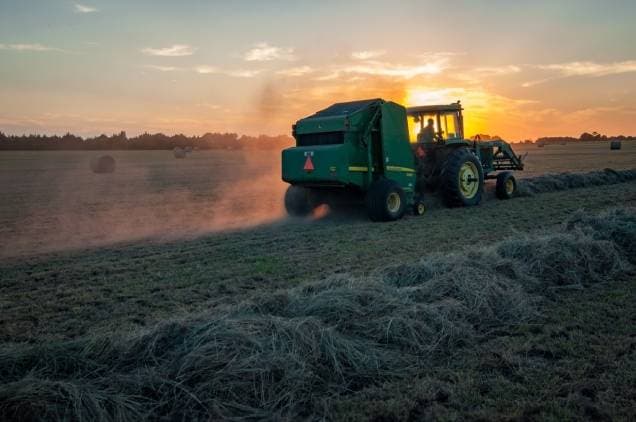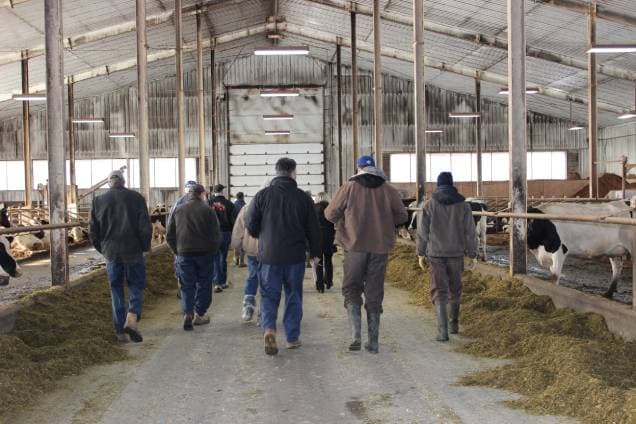This time of year, hot temperatures can sneak up on us. We’ve been accustomed to the cooler temperatures of Winter and Spring, and are therefore unacclimatized to higher temperatures. As we start to roll into the Summer months, it’s important to mitigate the hazards that come with farming in the heat.
Body acclimatization is one of many factors that influence the risk of heat stress. The other factors to think of are the following:
- Air temperature
- Humidity
- UV index
- Labour exertion
- Location of work
When you’re starting work for the day, think of these factors to prepare accordingly. For example, if the forecast is calling for a significantly hot day and you’re planning to do some labour-intensive work, you may want to avoid doing the more laborious work during the hottest part of the day.
Heat stress can cause some serious health concerns, with heat stroke the most severe. This chart will help you identify and treat heat-related illnesses
| Condition | Symptoms | First Aid |
Heat Cramps | – Excessive sweating – Flushed skin – Muscle cramps, usually in the legs | – Move to a cool, shaded place – Rest – Drink cool sports drinks or water – Gently stretch cramped muscles – Remove or loosen excess clothing – Place cool, moist towels on cramping muscles |
Heat Exhaustion | – Heavy sweating – Cool, moist skin – Nausea – Fast, weak pulse – Headache – Fatigue – Weakness – Fainting | – Move to a cool, shaded place – Place cold, wet towels on skin – Fan the skin – Rest – Sip water or sports drinks in small, frequent sips. Gulps may cause vomiting – Loosen or remove clothing – Seek medical aid if symptoms worsen or persist |
Heat Stroke | – High fever over 104 F (40 C) – Hot, flushed skin. Skin may be dry or wet. – Fast, strong pulse – Breathing may be noisy – Nausea – Confusion or agitation – Lethargy – Headache – Losing consciousness | – Medical Emergency. Call 911. – Move to a cool, shaded place – Remove clothing and flush skin with cool water, fan skin – Place icebags in armpits and groin – Sip water if conscious enough to do so – Get medical attention right away |
Here’s some tips on combatting heat stress:
- Take plenty of shade breaks, even if you have a lot to do. Frequent shade breaks will repay themselves in productivity and health benefits.
- Drink lots of fresh water, even when you don’t feel thirsty. Avoid alcoholic or caffeinated drinks.
- Eat regular, light meals throughout the day.
- If possible, save the heavy work for cooler parts of the day such as morning or evening.
- Wear light-coloured, breezy clothing and a wide-brimmed hat when working in the sun.
- If taking medication, check to be sure you are not more susceptible to heat-related illnesses.
- Allow yourself time to acclimatize during the first warm days of the year.
- Take your time when moving into or out of a hot area. The sudden rise in temperature can cause a shock to the system.
Recognizing heat as a hazard is the first step in combatting it. You may want to implement a buddy system to keep an eye on each other for signs of heat related illnesses. Farming in the heat is unavoidable, but by taking the proper precautions, you can keep yourself and your staff safe.



